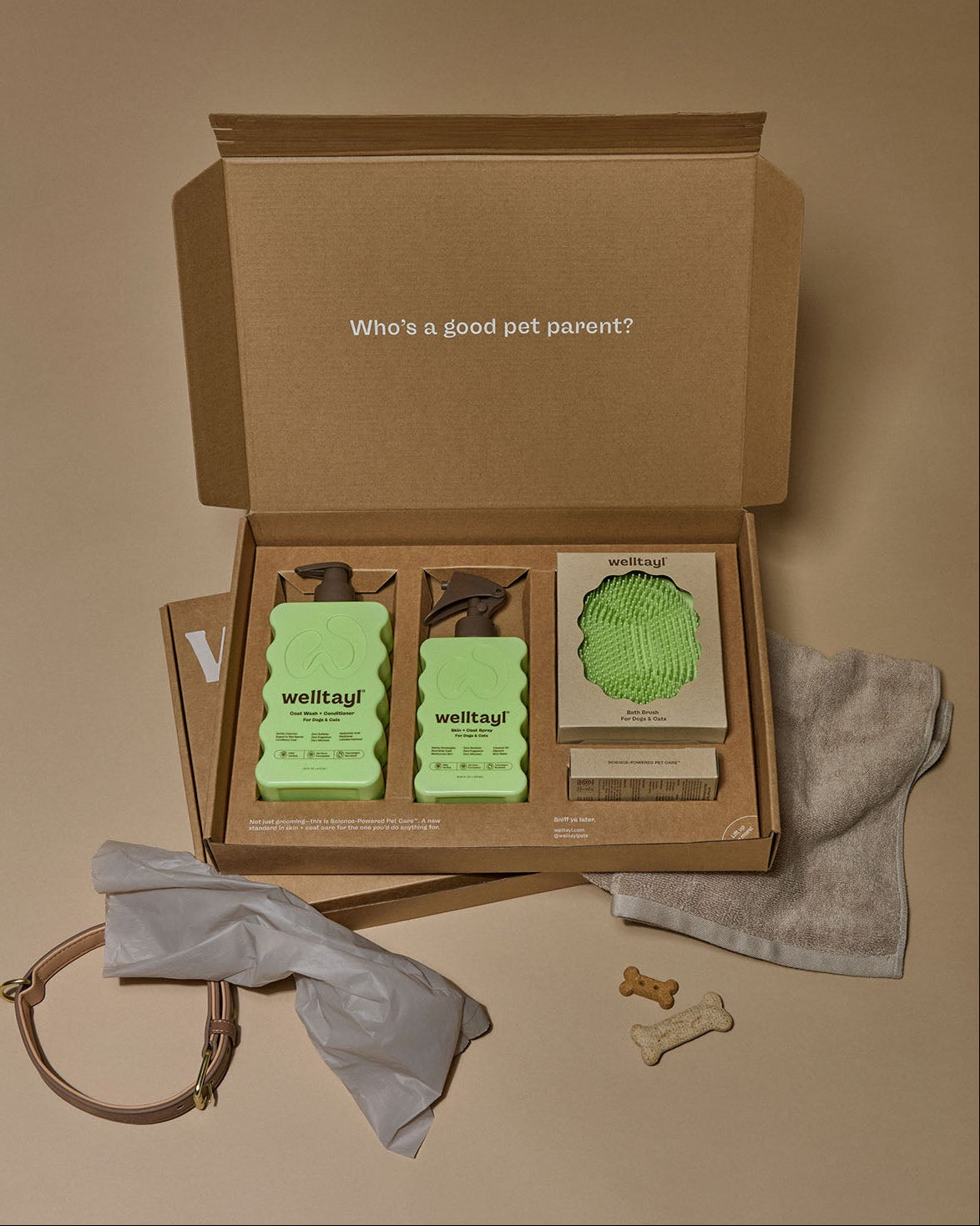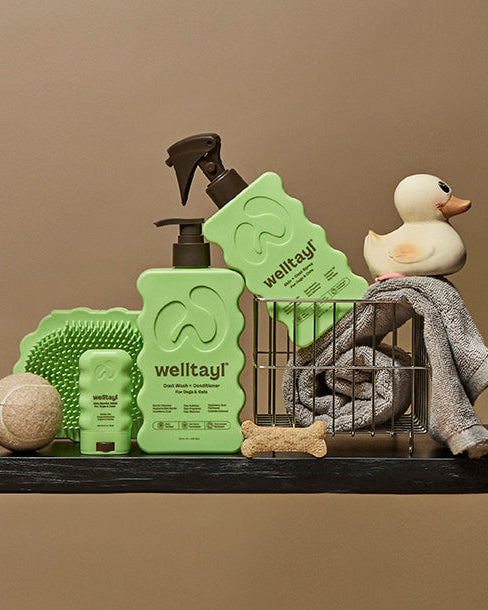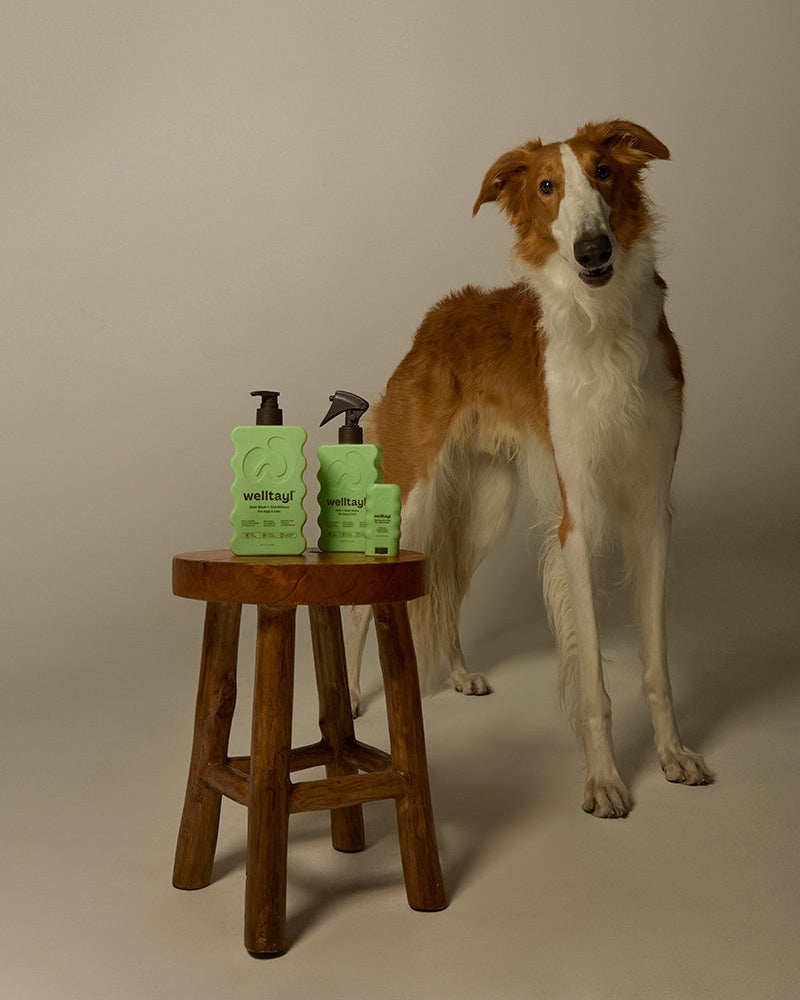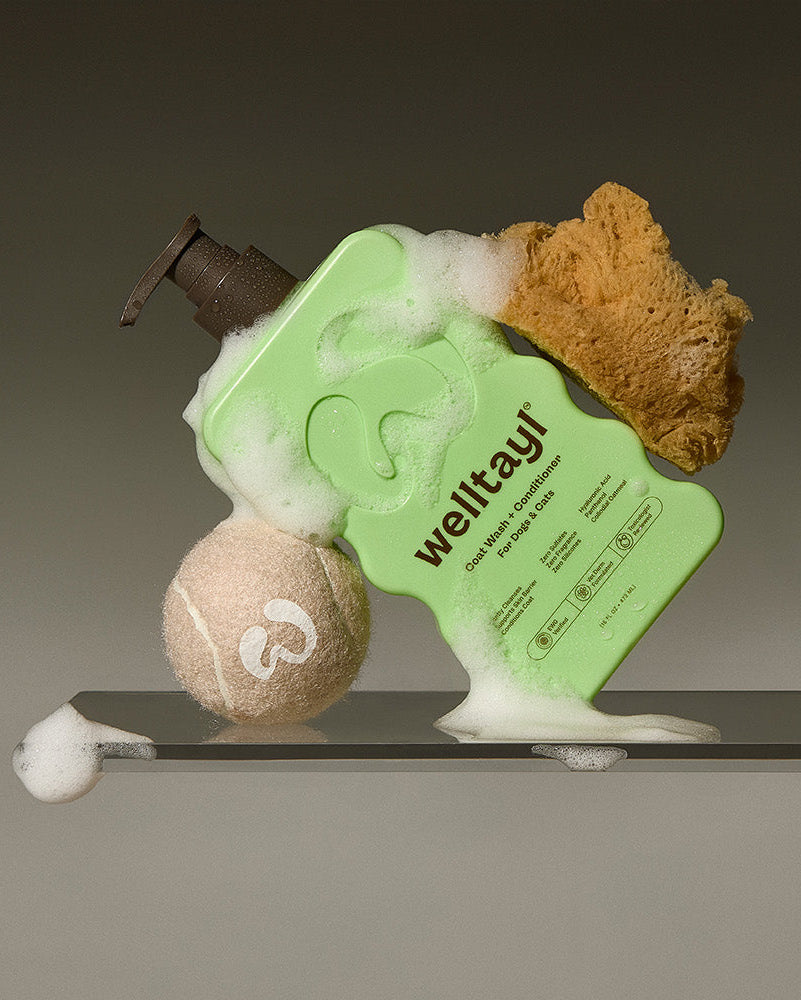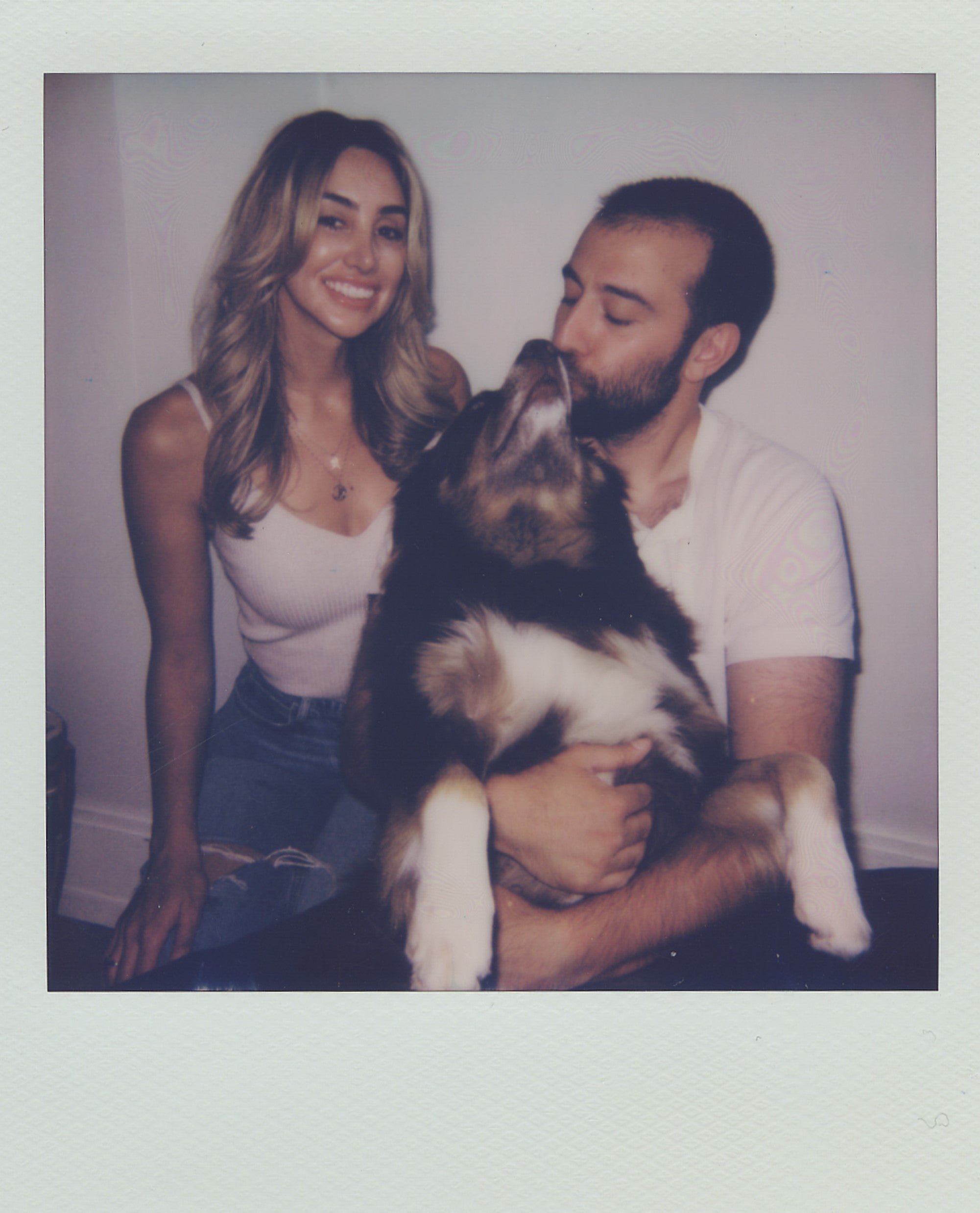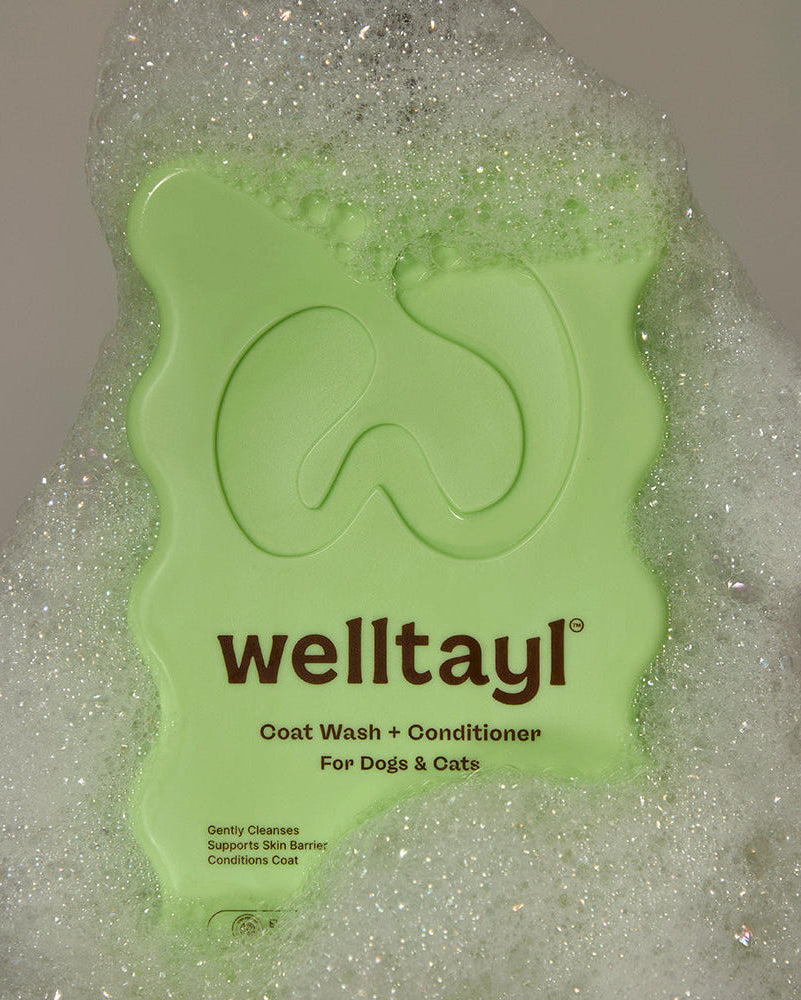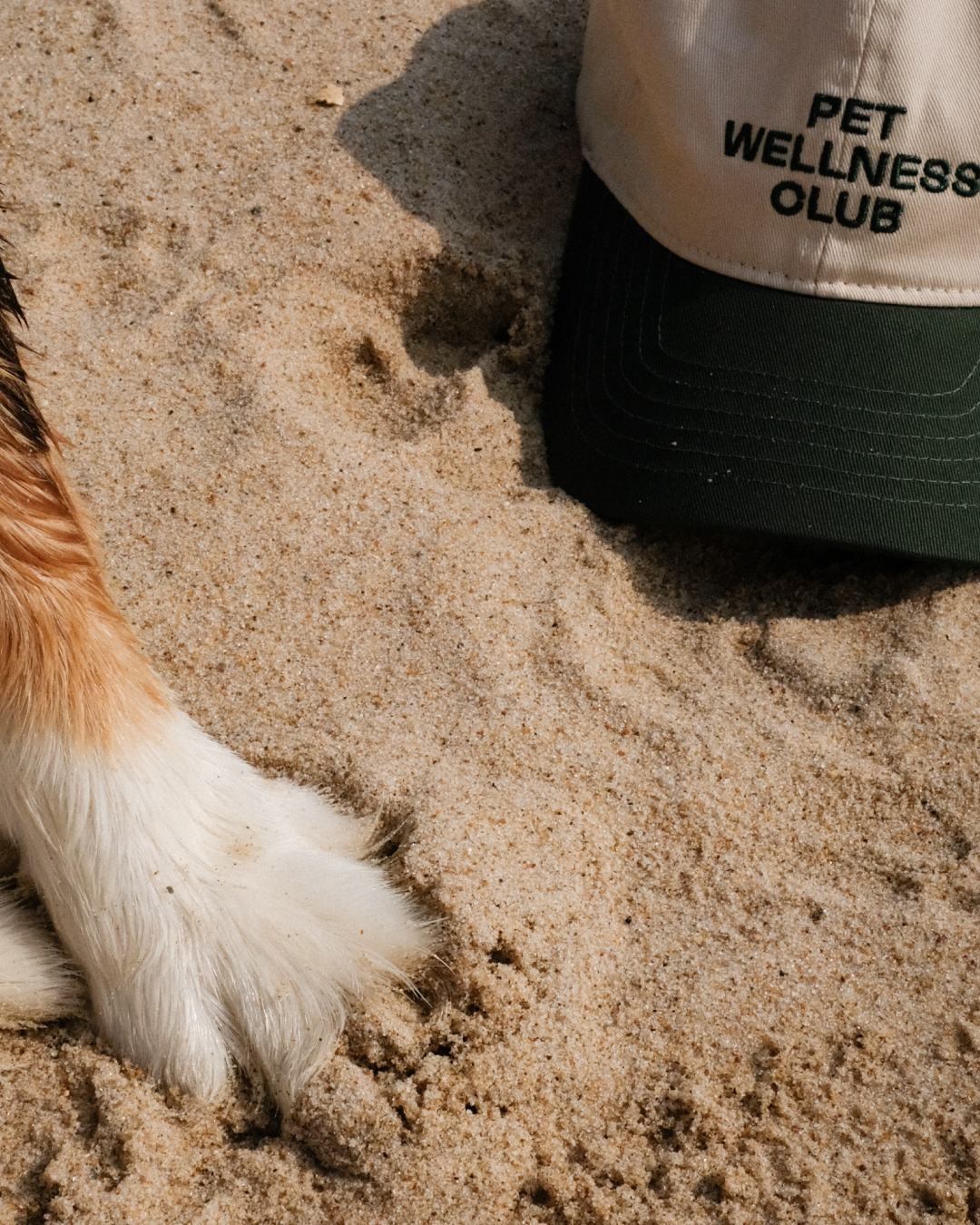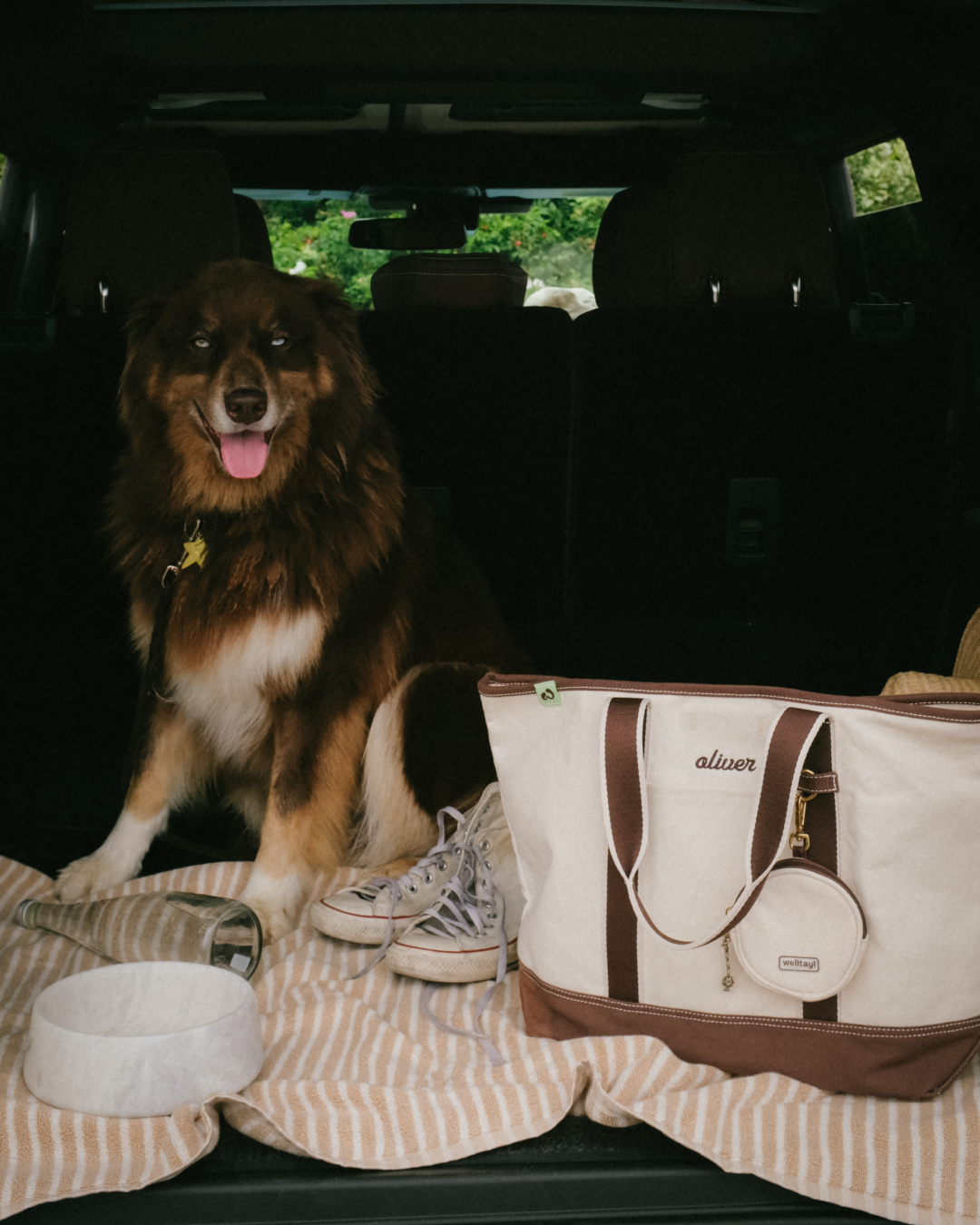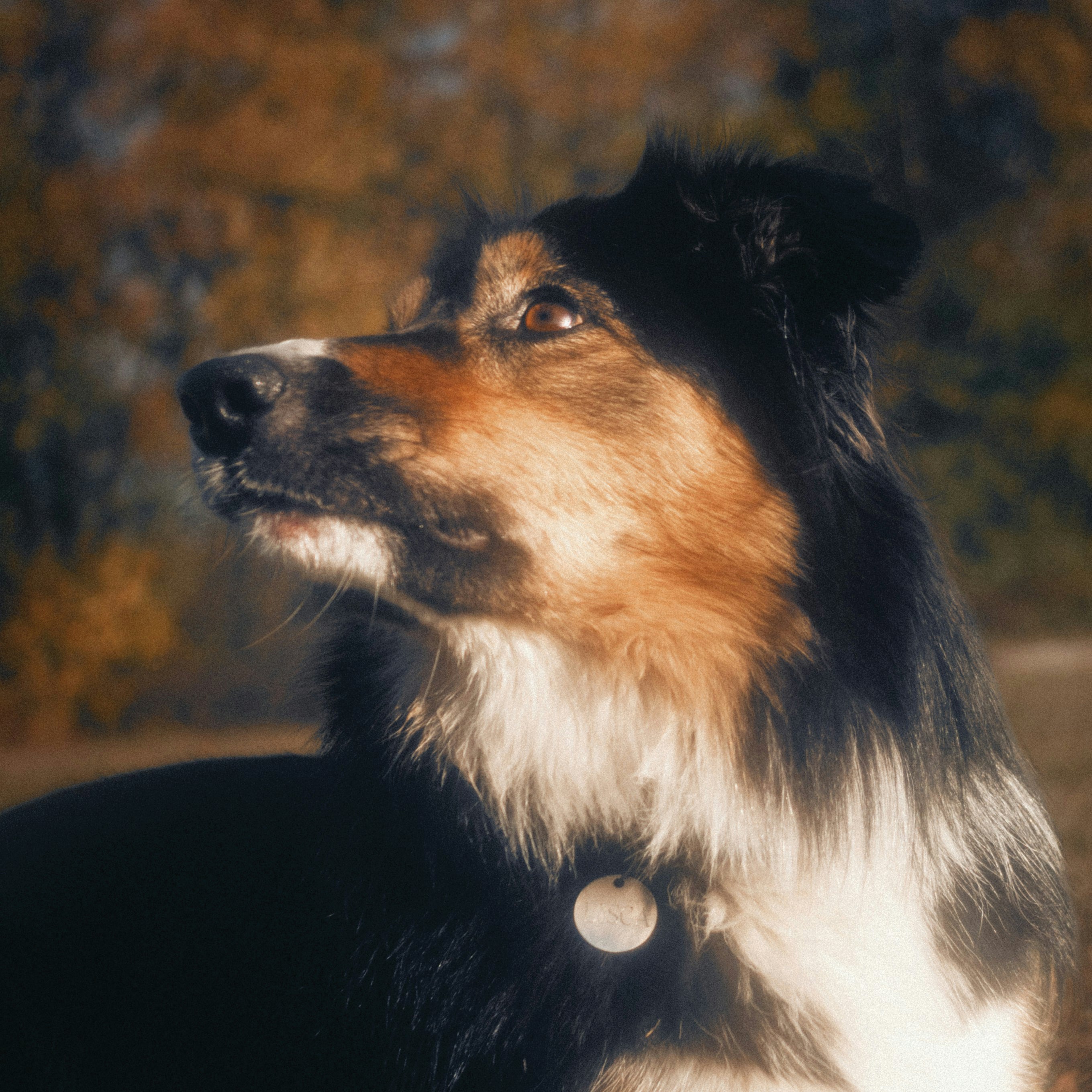Ever noticed how some dogs have irresistibly shiny coats that make you want to pet them all day? Well, achieving that level of gloss isn't just about good genes; it's also about proper care. If you've ever wondered how to give your pet a coat that gleams and skin that's healthy, you're in the right place.
Table of Contents:
- Key Takeaways
- Understanding Dog Coat and Skin Health
- Essential Care for Dog's Coat and Skin
- Professional Care and Advice
- Conclusion
- Frequently Asked Questions
Key Takeaways
- 🥗 Proper Nutrition is Crucial: Feeding your dog a balanced diet enriched with omega-3 fatty acids significantly enhances the health and appearance of their coat and skin.
- 🧴 Regular Grooming is Essential: Frequent brushing and use of the correct grooming tools help distribute natural skin oils evenly, promoting a shiny coat and reducing skin issues.
- 🛁 Appropriate Bathing Techniques: Choosing the right shampoo and conditioner, specifically designed for dogs, supports skin health and maintains coat luster.
- 💦 Hydration is Key: Ensuring your dog has constant access to clean, fresh water is vital for maintaining hydrated, healthy skin and a vibrant coat.
- 💢 Watch for Signs of Distress: Early detection of symptoms such as excessive shedding, dry skin, or irritation can prevent more serious health problems. A consultation with a veterinarian is recommended when such skin issues are noted.
- 🦠 Preventative Care Against Parasites: Regular use of vet-recommended flea and tick treatments and maintaining a clean environment are imperative to avoid parasitic infections that compromise coat and skin health.
Understanding Dog Coat and Skin Health
A shiny, smooth coat and healthy skin are vital signs of your dog’s overall well-being. After discussing how to achieve a gleaming coat, it's crucial to understand what makes up a healthy coat and skin and how to spot trouble.
The Importance of a Healthy Coat
A healthy coat does more than just make your dog look good—it reflects their general health. Nutrients like omega-3 fatty acids, proteins, and vitamins contribute significantly to the quality of your dog’s coat. Regular grooming removes dirt and prevents matting, ensuring the skin can breathe and stay irritation-free.
Maintaining a healthy coat involves a well-balanced diet that nourishes the skin from within. This results in a coat that’s not only shiny, but also free from dandruff and excessive grease, which are signs of good health.
Signs of Unhealthy Coat and Skin
Recognizing signs of an unhealthy coat and skin is key to addressing potential health issues early:
- Dull Coat: A coat that lacks shine may suggest poor diet or underlying health problems.
- Excessive Shedding: While seasonal shedding is normal, unusual loss of hair can indicate stress or an underlying health issue such as metabolic disease or a skin infection.
- Changes in Skin Oil Production: Oiliness or unusual dryness can be a symptom of underlying skin conditions.
Spotting these signs early can help you seek the appropriate care, possibly preventing progression and more serious health issues.

Essential Care for Dog's Coat and Skin
Maintaining your dog's coat and skin health is vital for their overall well-being. Proper grooming practices and diet can significantly improve your pet's coat luster and skin quality.
Optimal Bathing Practices
Choosing the right products and techniques for bathing your dog plays a crucial role in maintaining healthy skin and a shiny coat. Here's how you can optimize the bathing process:
-
Selecting the Right Shampoo: Always use a shampoo specifically formulated for dogs like Welltayl's Coat Wash + Conditioner. These shampoos cater to the pH level of your dog’s skin, which differs significantly from humans. If your dog has sensitive skin, opt for a hypoallergenic or oatmeal shampoo to reduce irritation.
- Using Conditioners: Applying a dog-specific conditioner after shampooing can greatly aid in detangling and moisturizing your dog's coat. This step is particularly beneficial for dogs with long or dense fur, helping to maintain smooth and manageable hair.
Regular Brushing Techniques
Regular brushing keeps your dog's coat neat and helps distribute natural oils, promoting a healthier skin and coat. Here’s how to effectively incorporate brushing into your routine:
- Brushing Frequency: Brush your dog's coat before bathing to untangle any mats, and then brush again after drying to smooth the coat. During shedding seasons, consider brushing daily, using tools like a rubber or slicker brush to manage loose fur and minimize shedding around the home.
- Choosing the Right Tools: The type of brush you use should align with your dog's coat type. For instance, use a slicker brush for curly or wavy coats and a metal comb for thick, straight coats to prevent matting. Welltayl's Bath Brush exfoliates the skin and promotes healthy circulation.
The Role of Diet in Skin and Coat Health
A nutritious diet directly impacts your dog’s skin and coat health. Feed foods rich in omega-3 fatty acids, such as fish or flaxseed oils, to promote a glossy coat and improve skin health. High-quality commercial dog foods often contain the necessary nutrients; however, incorporating whole food sources can provide additional benefits.
Importance of Hydration
Adequate hydration is critical for maintaining healthy skin and a vibrant coat. Ensure your dog has constant access to fresh water. Hydrated skin is less prone to dryness and irritation. Adding water to dry food or providing moisture-rich foods can also help maintain adequate hydration levels.
Professional Care and Advice
Maintaining your dog's coat and skin isn't just about home care; sometimes, professional input is necessary. Here, you'll discover when to seek expert advice and how to prevent common issues that could affect your pet's coat and skin health.
When to Consult a Veterinarian
You might be unsure about when to seek professional advice for your dog's skin and coat. Consult a veterinarian if you notice any of the following symptoms:
- Excessive shedding or bald patches
- Dry, flaky skin or an unusually oily coat
- Redness, bumps, or signs of irritation on the skin
- Your dog persistently scratching, licking, or biting their skin
- A dull coat that doesn't improve despite proper diet and grooming
These signs could indicate underlying health issues, ranging from allergies to hormonal imbalances. A veterinarian can provide a comprehensive diagnosis and recommend treatments, ensuring your dog's coat returns to its vibrant condition.
Importance of Parasite Prevention
Parasite infestations can severely damage your dog's skin and coat. Common culprits include fleas, ticks, and mites. Preventing these parasites is crucial as they can cause severe itching, allergic reactions, and in some cases, lead to more serious diseases. Follow these steps for effective prevention:
- Use vet-recommended flea and tick preventatives regularly.
- Keep your dog's environment clean and tidy.
- Regularly wash bedding and vacuum the floors and furniture.
- Check your dog's coat and skin regularly for signs of parasites, especially after walks in grassy or wooded areas.
Preventative measures are essential and should be part of your dog's routine care. This way, your dog maintains healthy skin and a lustrous coat without the discomfort and risk posed by parasites.
Join the Welltayl newsletter to get all the latest on pet skin health, right in your inbox! Just like you wouldn't forget to feed your pet, don't miss out on our tips. Subscribe and ensure you're always updated on ways to keep your pet happy and healthy.
Conclusion
Taking care of your dog's coat and skin is an essential aspect of their overall health. By implementing the right grooming tips and maintaining a balanced diet rich in essential nutrients, you'll notice a significant improvement in your dog's coat shine and skin health. Regular vet visits and preventive measures against parasites are crucial to avoid common skin issues. Remember, hydration plays a vital role too; ensure your dog has constant access to fresh water. With these practices, your dog will look better and feel happier and healthier.
Frequently Asked Questions
What are the key nutrients for a shiny dog coat?
A balanced diet enriched with omega-3 fatty acids, vitamins, and high-quality proteins is crucial for maintaining a shiny coat. Ingredients like fish or flaxseed contribute to coat health.
How often should I bathe my dog to maintain a healthy coat?
The bathing frequency for dogs varies based on their breed, skin sensitivity, and activity level. Generally, bathing your dog once a month is sufficient, but consult your veterinarian for tailored advice.
What is the best way to brush a dog's coat?
Use a brush suitable for your dog's coat type. Regular brushing helps distribute natural oils, removes dirt, and prevents matting. For most breeds, brushing several times a week is beneficial.
When should I consult a veterinarian about my dog's coat issues?
Consult a veterinarian if you notice excessive shedding, bald patches, excessive scratching, or any sudden changes in your dog's coat and skin. These could be indicators of health issues that require professional attention.
How can I prevent parasites on my dog's coat?
Regular use of vet-recommended flea and tick preventatives is essential. Keep your dog's environment clean and regularly check their coat for any signs of parasites, especially after walks in grassy or wooded areas.
Resources:
- “Omega-3 Benefits," PubMed
- "Impact of Diet on Various Skin Conditions," NCBI
- "Flea and Tick Preventatives Efficacy," NCBI
- "Metabolic Disease Related Skin Conditions," PubMed
Read more

Discover effective remedies and prevention tips for your cat's dry skin. Keep your feline friend comfortable and healthy with this full guide. Learn more now!
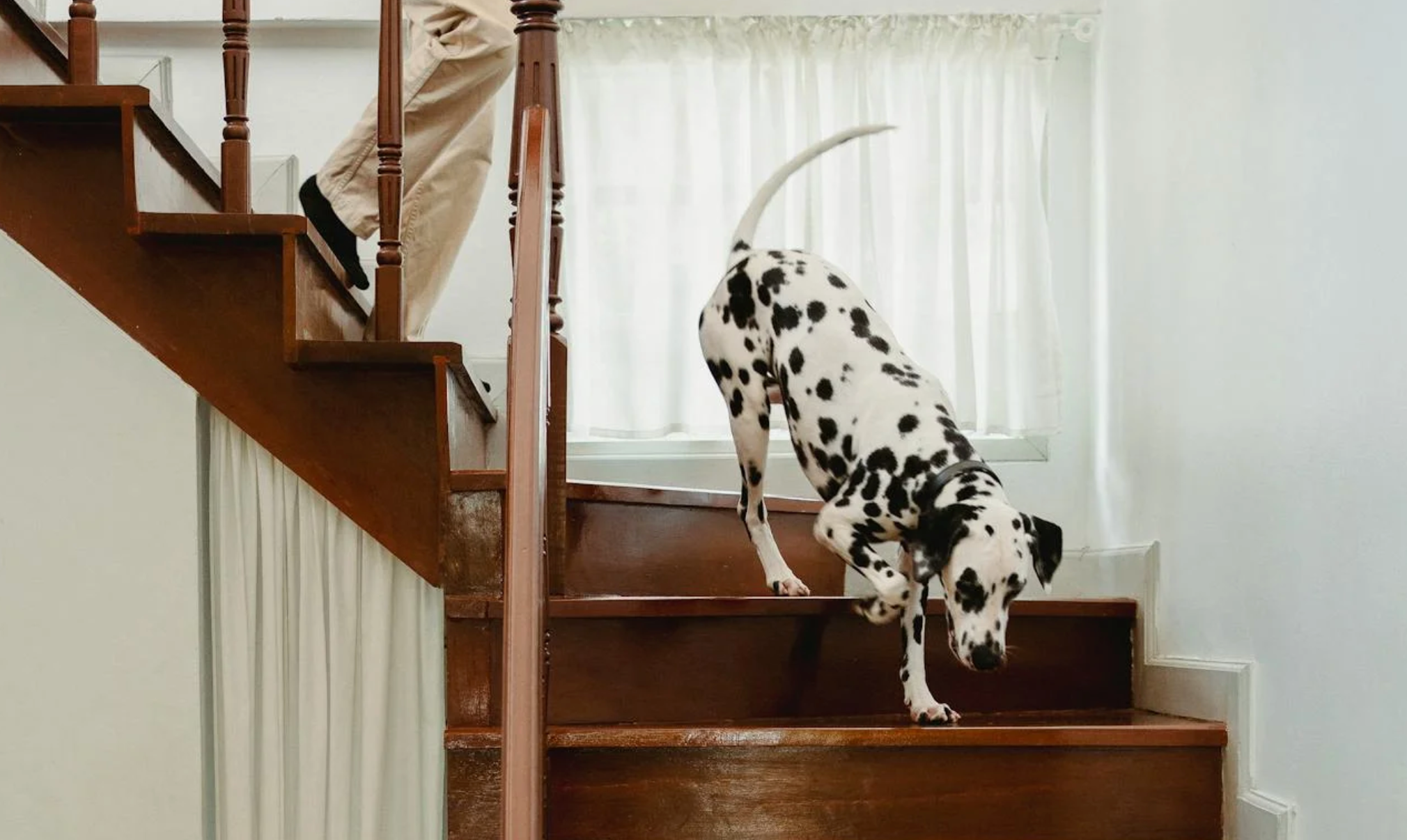
Learn how to dog-proof your home with essential tips to keep your pet safe. From securing the living room to the outdoors, protect your pet and enjoy peace of mind.

